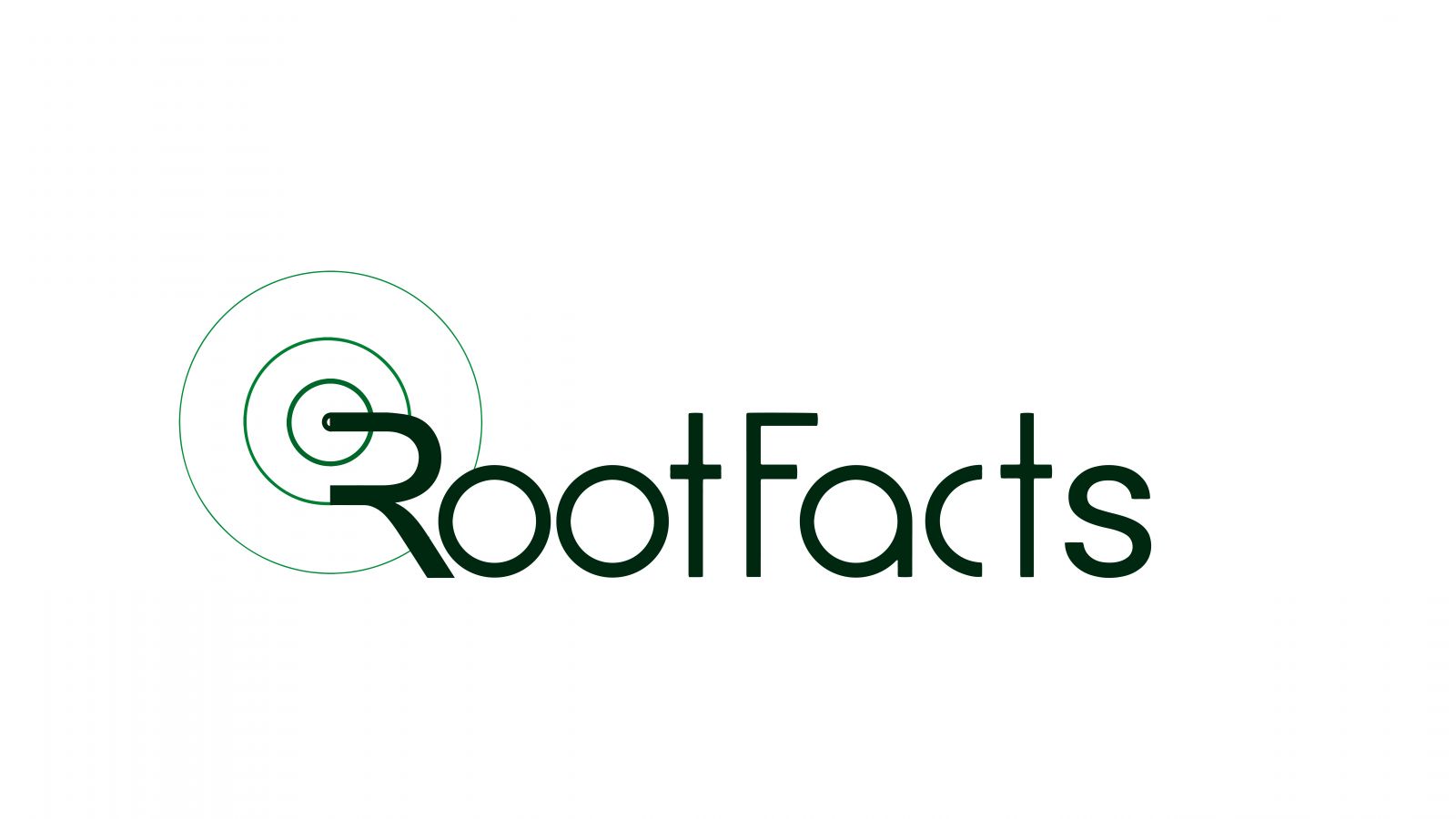Case Study 1
Environmental Monitoring with Sensor Networks for Conservation Efforts (Biology Research)
Challenges
Traditional environmental monitoring relies on manual collection of data at specific locations, often limiting the scope and frequency of observations. Researchers struggle to capture a complete picture of environmental changes and their impact on wildlife populations.
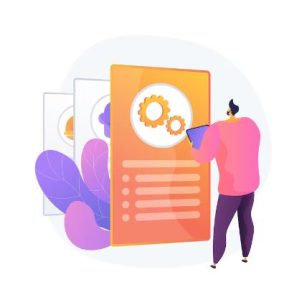
Impact
Limited data on environmental factors hinders research efforts on biodiversity, conservation, and ecosystem health. Delayed detection of environmental changes can lead to irreversible damage.
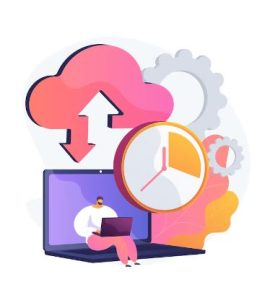
Solutions
A biology research team studying a specific ecosystem can deploy a network of IoT sensors. These sensors can monitor air and water quality, temperature, humidity, and even animal activity levels. The collected data is transmitted wirelessly to a central server for real-time analysis.
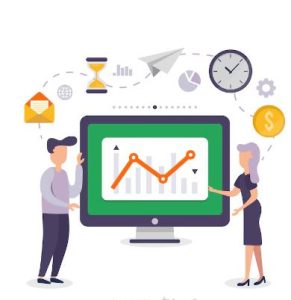
Benefits
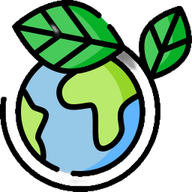
Comprehensive and continuous data collection on various environmental factors.
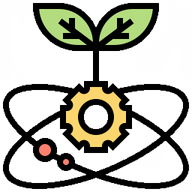
Improved understanding of how changing environmental conditions impact ecosystems.
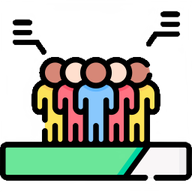
Early detection of potential threats to wildlife populations and their habitats.
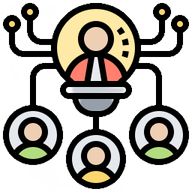
Data-driven insights to inform conservation strategies and resource allocation.
Case Study 2
Smart Aquariums for Remote Monitoring and Improved Fish Health (Aquaculture)
Challenge
Traditional fish farming relies on manual monitoring of water quality and health observations, which can be time-consuming and subjective. Aquaculture companies struggle to optimize conditions for fish growth and minimize mortality rates.

Impact
Limited monitoring can lead to suboptimal water conditions, stress for fish, and increased susceptibility to disease. Inefficient management practices can also negatively impact fish yield and profitability.

Solution
An aquaculture company can equip their tanks with IoT sensors that monitor water temperature, pH levels, oxygen content, and even ammonia levels. Cameras with AI integration can track fish behavior and health indicators. The data is sent wirelessly to a central platform for real-time monitoring and alerts.

Benefits
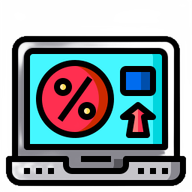
Remote monitoring and automated adjustments to water quality parameters for optimal fish health.
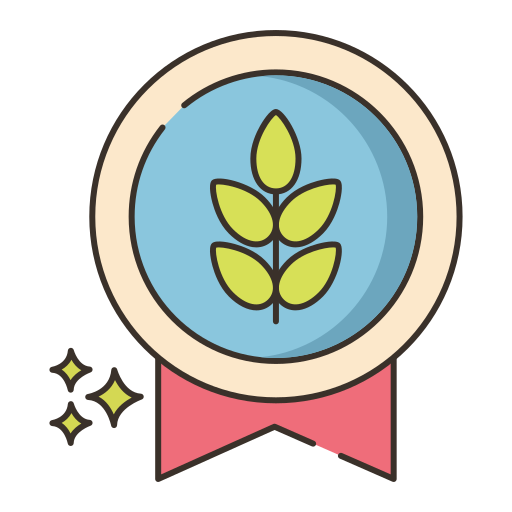
Early detection of potential diseases and proactive intervention to minimize fish loss.
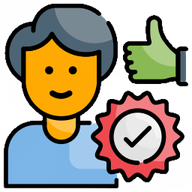
Improved feeding efficiency based on real-time data on fish activity and growth levels.
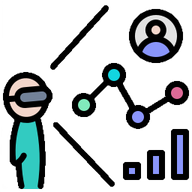
Enhanced data-driven decision making for farm management and resource optimization.
Case Study 3
Connected Labs with Automated Equipment and Real-Time Data Analysis (Biotechnology Research)
Challenge
Traditional laboratory research relies on manual equipment operation and time-consuming data collection and analysis processes. Biology research companies struggle to streamline workflows and improve data accessibility.
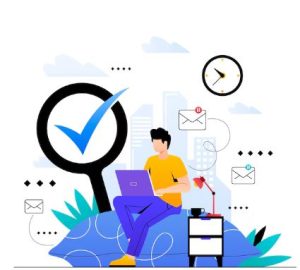
Benefits
Research laboratories can implement IoT-enabled equipment that can be remotely monitored and controlled. Sensors integrated with the equipment can collect data on experiments in real-time. This data can be automatically uploaded to a cloud platform for analysis and collaboration.
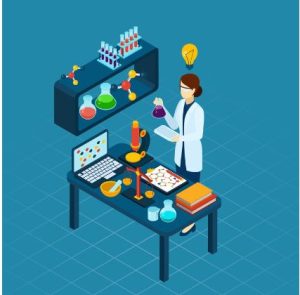
Impact
Develop a mobile app with an AI-powered chatbot that provides patients with personalized medication reminders, educational content, and answers to medication-related questions. The chatbot can be further tailored based on individual patient behavior and preferences.
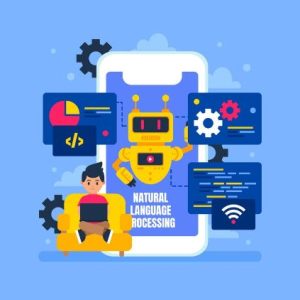
Benefits
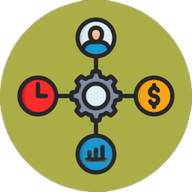
Increased lab efficiency and reduced errors through automation and remote equipment operation.
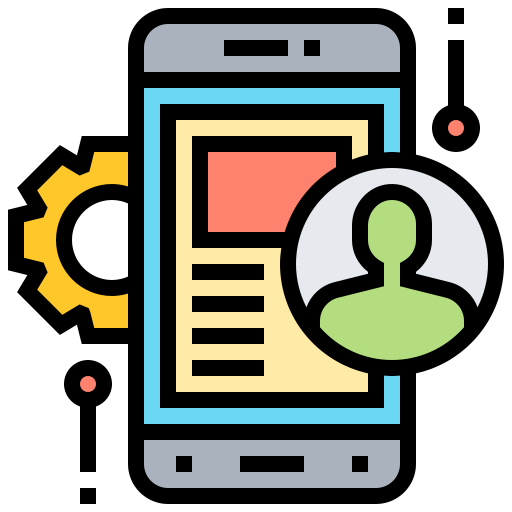
Real-time data access and analysis leading to faster research progress and scientific discovery.
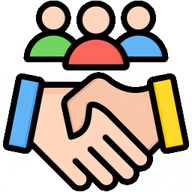
Improved collaboration and data sharing between researchers within the company and globally.
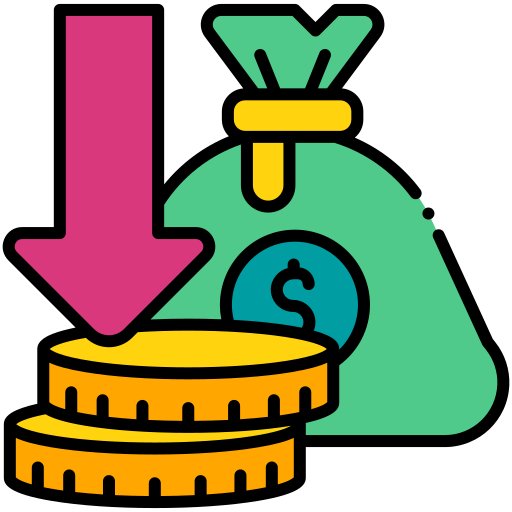
Reduced costs associated with manual data collection and analysis processes.
These are just a few examples of how health companies can leverage data science technology to improve their operations, reduce costs, and ultimately deliver better patient care.
